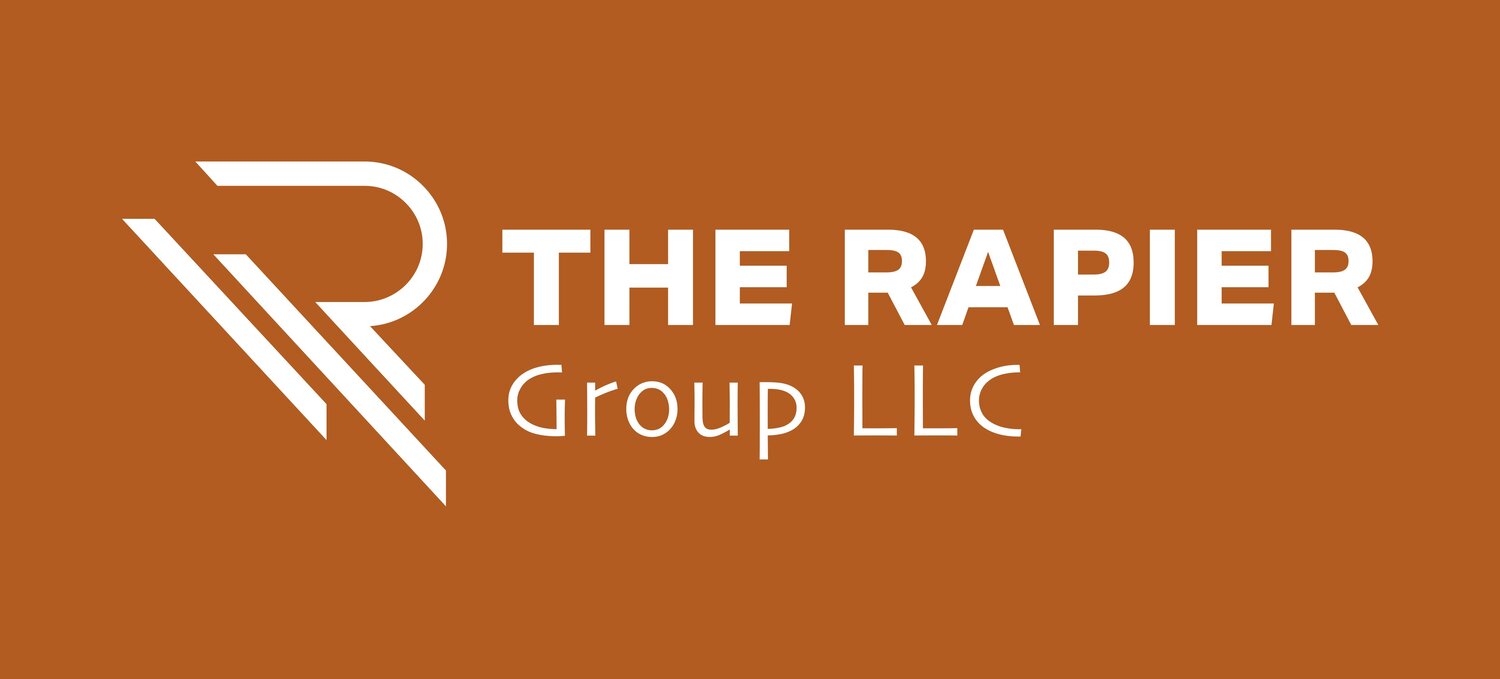Eleanor Roosevelt, Game Theory, and M&A Integration Teams
Photo by Anne Nygård on Unsplash
When two organizations come together, both organizations change. It does not matter whether the deal is portrayed as an acquisition or a merger; when it closes, a new company will exist. It is a bit like mixing paint, blue and yellow will give you green. The shade of green depends on how much of each you mix. The Organization Design and Organization Change teams do an excellent preparing everyone for green. Perhaps more than any other function, IT is challenged with mixing the paint.
When the deal is closed, IT will be in two worlds. The IT environments will be linked but continue to operate as is. It takes time to rationalize applications, rebuild networks, and consolidate data centers. The respective IT teams need to keep the lights on while working toward integration.
The natural reaction will be, “What does this mean for me?” People will prioritize the immediate impact of the merger on their careers and families. It impacts the two foundational layers of Maslow’s Hierarchy of Needs – Physiological and safety. Everyone wants to provide for their families’ basic needs of food and shelter and feel the safety that comes from knowing their job and financial situation is secure so they can meet their needs. Every employee knows that IT operations will be consolidated and that some people will get new jobs and others won’t have jobs at all. The initial reactions and decisions are about protecting their careers, family, and financial security. They play a zero-sum game.
IT leadership’s challenge is to bring both IT organizations together and get them to think in terms of an infinite game. An infinite game’s objective is for everyone to play, have success, and for the game to never end. There are many players in this game besides employees. IT vendors and service partners are also in the game. Some contracts will benefit, and others will be reduced or terminated. The game is much more personal for employees.
Both games are played at the same time. Professional sports leagues are an example. Each year teams play a finite game that results in one champion at the end of the season. The league has to set rules for the league that governs play on the field, how talent is acquired, how players are rewarded, and competition is compelling for the audience. For the league as a whole and the teams individually, the competition must generate interest for the fans to buy tickets and team swag.
To do this well, IT leadership must help everyone play both games. For employees, this means helping them understand that good performance increases the chance they will have a role in the new company and that being part of a new company creates opportunities, and the integration experience increases personal market value should they have to move on.
Bringing together both IT teams happens immediately after the deal is announced. The amount of work to make the integration is staggering and the speed is intense. It is easy to focus on all projects and not pay enough attention to the teams’ dynamics.
I have long recognized this aspect of M&A work, and it is why I pursued my coaching certifications. Group and individual coaching are crucial to integrating the teams effectively and a smooth transition to the future state.
“Great minds discuss ideas. Average minds discuss events. Small minds discuss people.”
Eleanor Roosevelt’s quote provides a helpful structure. The shock of the announcement will cause people to focus on themselves. (The people are not small, but their thinking is limited and inward.) The goal is to help focus on the integration (the event) and see the personal value of the experience (the idea).
Here is a link to a short video on M&A team building.
Please check out the articles below for more information.
Game Theory – Stanford Encyclopedia of Philosophy
How Game Theory Strategy Improves Decision Making
The Finite and Infinite Games of Leadership | Simon Sinek | Talks at Google


